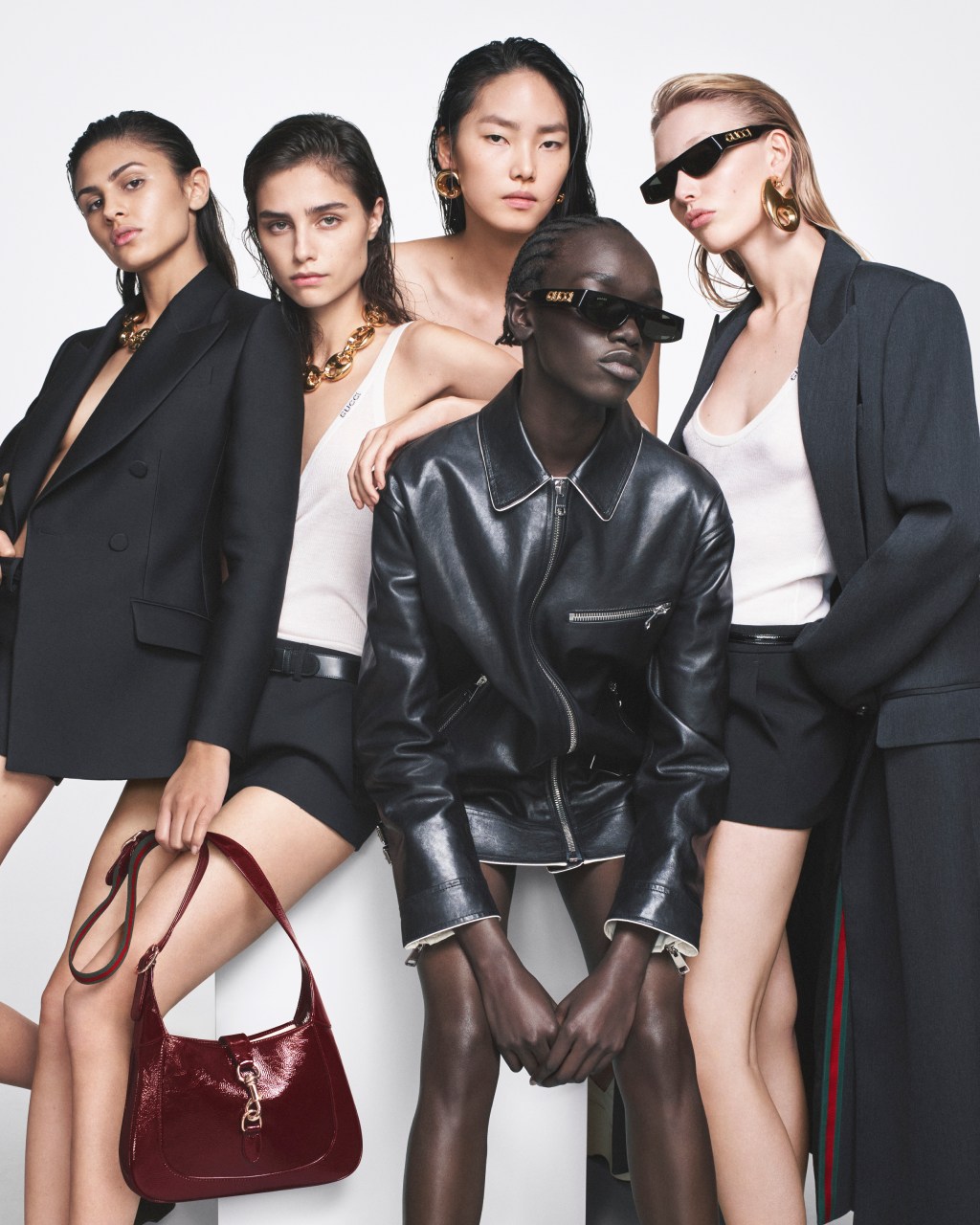BERLIN – Third quarter sales at German sportswear brand Puma rose 6 percent year-on-year to 2.31 billion euros in currency adjusted terms.
At reported rates, sales in the three-month period were 1.8 percent lower, with Puma blaming the stronger euro.
In the first nine months, Puma saw growth of 10.6 percent in currency adjusted terms, and revenues of 6.62 billion euros.
With results slightly ahead of market expectations, the brand’s chief executive officer Arne Freundt was cautiously optimistic.
He said that “while the market continues to experience significant macroeconomic headwinds and 2023 remains a transition year, we outgrew the market.” He added that Puma “once again demonstrated our sustained brand momentum and gained market share.”
The sportswear brand did the most business in Europe, the Middle East and Africa region, where sales rose 9.9 percent on a currency adjusted basis to hit 1.02 billion euros.
In the Americas, Q3 revenues rose 2.5 percent, in currency adjusted terms, to 854.6 million euros.
At reported euro rates, Puma’s revenue in the Americas declined 8.3 percent, which the company also attributed to macroeconomic headwinds.
North America has been a particular focus for the German brand, with increased basketball offerings and collaborations with the likes of popstar Rihanna, basketballer LaMelo Ball and, most recently A$AP Rocky.

In Asia Pacific, Puma’s revenues rose 4.6 percent in currency adjusted terms to 435.9 million euros. This reflected the ongoing recovery in China, as well as new growth in Japan and India, the company noted.
In terms of product categories, Puma footwear grew 11.3 percent in currency adjusted terms to bring in 1.22 billion euros. Apparel sales decreased by half a percent to 794.6 million euros and accessories dropped 4.2 percent to bring in 301.6 million euros over the third quarter.
Puma’s operating profit also fell during Q3, decreasing 8.3 percent to 236.3 million euros.
Quarter-on-quarter sales momentum is slowing, however.
In the first quarter of the year, the brand saw 14.4 percent growth. In the second, it saw 11.1 percent growth. In its statement, the company noted “an increasingly challenging geopolitical and macroeconomic environment.”
Puma said “the recent conflict in the Middle East, the war in Ukraine, persistent inflation and the risk of recession are weighing on consumer sentiment, resulting in volatile demand in the retail sector,”
Nonetheless, Puma re-confirmed its guidance for the year. The German brand still expects to see currency adjusted sales growth land in the high single-digit percentage range for the full year, as originally forecast.



